Introduction
Apricots (Prunus armeniaca) are a delightful stone fruit known for their sweet, tangy flavor and vibrant orange hue. Native to Central Asia, apricots have been cultivated for thousands of years and are now enjoyed worldwide. From fresh consumption to baking, drying, and preserving, apricots offer a versatile array of culinary uses. However, enjoying apricots at their peak requires knowing how to determine their ripeness. This guide will delve into the various methods and indicators to help you select the perfect apricot, ensuring a delightful and satisfying eating experience.
Understanding Apricot Growth and Development
Before diving into the specifics of ripeness, it’s essential to understand the growth cycle of an apricot. Apricot trees typically bloom in the spring, with flowers giving way to small, green fruit. As the fruit develops, it undergoes several stages, transitioning from green to a combination of green and orange hues before fully ripening to a vibrant orange or even reddish-orange color.
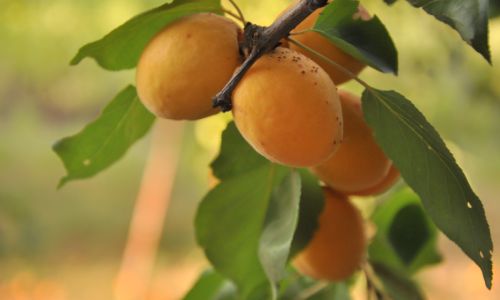
The ripening process is influenced by several factors, including climate, soil conditions, and the apricot variety. Warm temperatures and adequate water promote faster ripening, while cooler climates may slow down the process. Understanding these factors helps in anticipating when apricots are likely to reach their peak ripeness.
Visual Indicators of Ripeness
One of the most straightforward methods to assess apricot ripeness is by observing visual cues. Here are some key visual indicators:
-
Color Change: As apricots mature, they undergo a color transformation. Initially, they may be entirely green or have patches of green mixed with lighter hues. As they ripen, the green fades, giving way to a more uniform orange color. Some varieties may develop a reddish blush or streaks, adding to their visual appeal. While color is a significant indicator, it’s not foolproof; some apricots may still be firm and underripe despite having an orange hue. Therefore, it’s essential to use color in conjunction with other methods.
-
Skin Texture: Ripe apricots have a smooth, slightly glossy skin. As they ripen, the skin becomes more taut and less wrinkled. Avoid apricots with dull, wrinkled, or cracked skin, as these are often overripe or past their prime.
-
Size and Shape: Fully ripe apricots are typically larger and more rounded than their unripe counterparts. While size can vary depending on the variety, ripe apricots generally have a plump, full appearance.
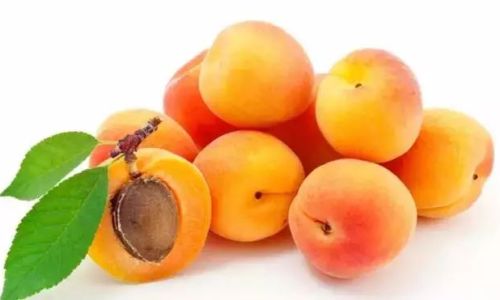
Tactile Indicators of Ripeness
Touch is another crucial sense to employ when determining apricot ripeness. Here’s how you can use your sense of touch:
-
Firmness: Ripe apricots are firm but yield slightly to gentle pressure. They should not be rock-hard, nor should they feel mushy or overly soft. A firm apricot indicates that it is close to or at its peak ripeness, while a mushy one is likely overripe.
-
Give Test: Gently press the side of the apricot with your thumb. A ripe apricot will give slightly but spring back to its original shape. If it feels too soft or collapses under pressure, it’s overripe. Conversely, if it feels too firm and doesn’t give at all, it may need more time to ripen.
Olfactory Indicators of Ripeness
Your sense of smell can also be a valuable tool in assessing apricot ripeness. Here’s how:

- Aroma: Ripe apricots emit a sweet, fruity aroma that is distinct and inviting. As they ripen, the aroma intensifies, becoming more pronounced. If an apricot lacks any aroma or smells alcoholic or fermented, it’s likely overripe or spoiled.
Tree and Branch Indicators
The apricot’s position on the tree and the condition of the branch it hangs from can also provide clues about its ripeness:
-
Branch Condition: Apricots that hang from healthy, green branches are more likely to be ripe and flavorful. Yellowing or wilting branches may indicate that the tree is stressed, potentially affecting the quality and ripeness of the fruit.
-
Position on the Tree: Apricots that receive full sun exposure tend to ripen faster than those shaded by leaves or other fruit. Therefore, apricots located on the outer parts of the tree or at the top, where sunlight is more direct, are often riper than those in more shaded areas.
Testing for Sugar Content
For those who prefer a more scientific approach, testing the sugar content of apricots can provide an accurate assessment of ripeness. While this method isn’t practical for everyday use, it can be useful for commercial growers or those interested in precise ripeness levels:
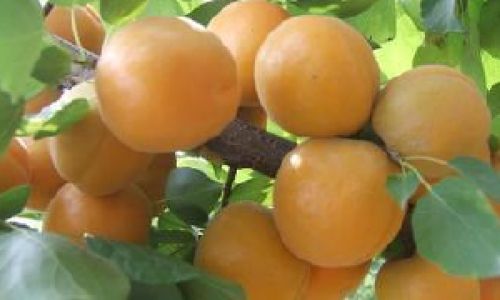
- Refractometer Testing: A refractometer is an instrument used to measure the sugar content (Brix level) of fruits. Ripe apricots typically have a Brix level ranging from 12 to 18. Higher Brix levels indicate sweeter, more mature fruit. This method requires a small sample of apricot juice, obtained by gently squeezing or cutting the fruit.
Storage and Ripening Considerations
Once you’ve determined that your apricots are ripe, proper storage is crucial to maintain their quality and flavor:
-
Room Temperature Storage: Ripe apricots can be stored at room temperature for a couple of days. Place them in a single layer on a plate or in a shallow bowl to prevent crushing.
-
Refrigeration: For longer storage, ripe apricots can be refrigerated in an airtight container or plastic bag. They will keep for about a week but may lose some of their firmness and flavor.
-
Ripening at Home: If you’ve picked apricots slightly underripe, you can ripen them at home by placing them in a paper bag or on a countertop in a warm, well-ventilated area. Ethylene gas, naturally emitted by the fruit, will accelerate the ripening process. Check the apricots daily to avoid overripening.
Conclusion

Determining the ripeness of apricots is a multi-sensory experience that involves observing visual cues, feeling the fruit’s firmness, and smelling its aroma. By combining these methods, you can confidently select apricots that are at their peak of ripeness, ensuring a delightful eating experience. Remember, apricots are highly perishable, so once you’ve determined they’re ripe, enjoy them promptly or store them properly to maintain their quality.
Understanding the growth cycle and the various factors that influence apricot ripeness also plays a vital role. Climate, soil conditions, and apricot variety all contribute to when and how apricots ripen. By paying attention to these details, you can anticipate when your apricot tree will be producing its best fruit.
For those who want to delve deeper, testing the sugar content using a refractometer offers a precise method of assessing ripeness. While this method may not be practical for everyday use, it can be invaluable for commercial growers or apricot enthusiasts who prioritize precision.
In conclusion, selecting ripe apricots is a rewarding endeavor that enhances your culinary experience. With the right knowledge and techniques, you can enjoy apricots at their absolute best, savoring their sweet, tangy flavor and vibrant color. Whether you’re picking from your own tree or selecting from a market stall, these tips will help you choose apricots that are perfectly ripe and ready to enjoy.
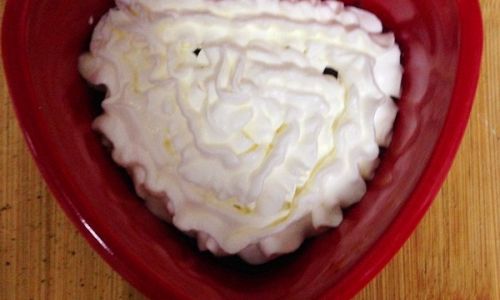

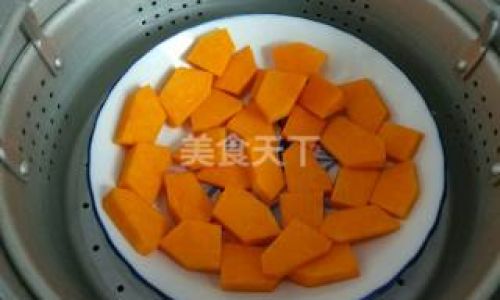

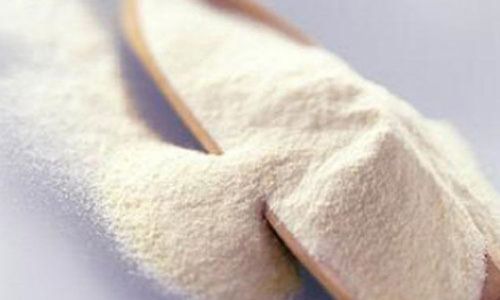

0 comments